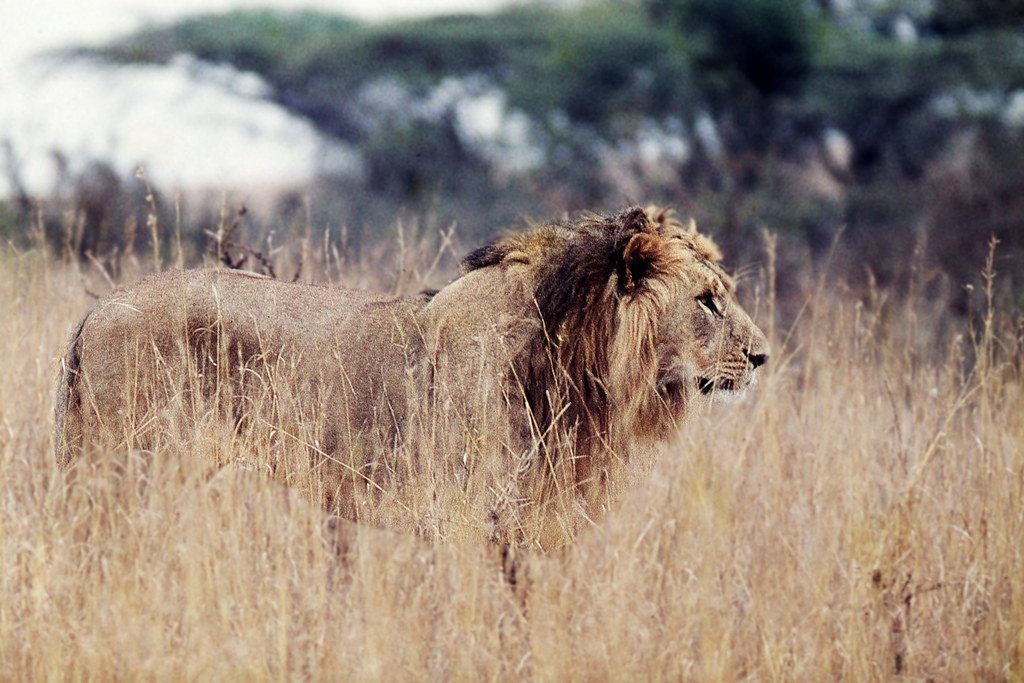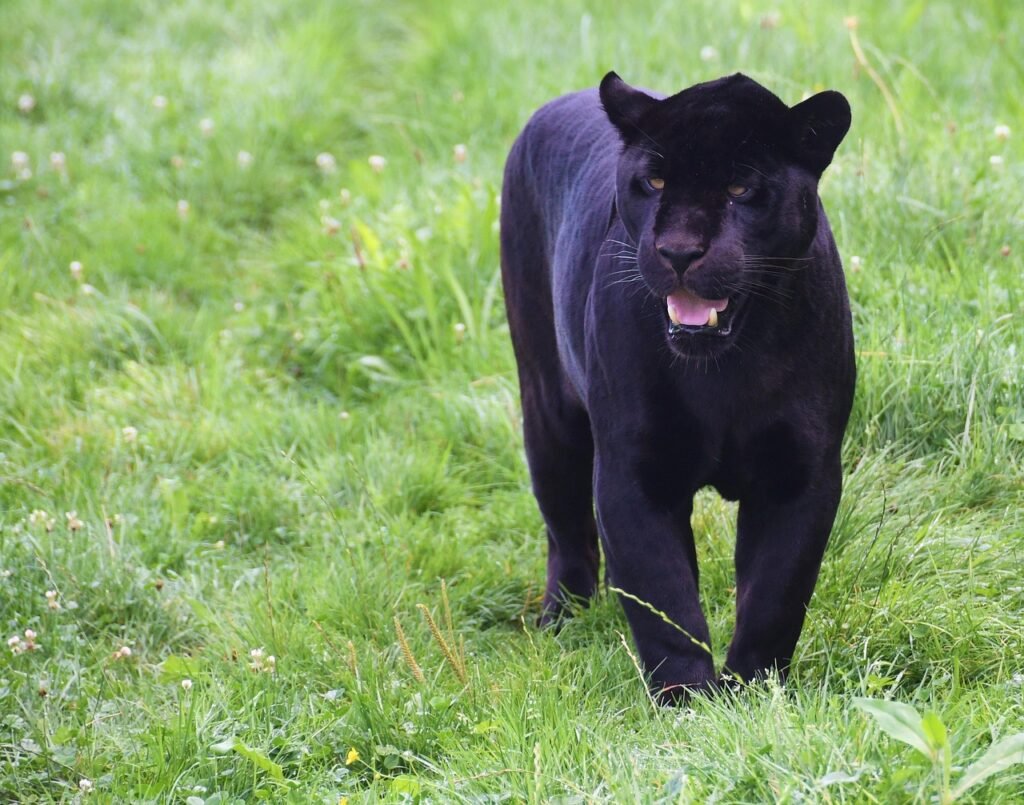If you’ve ever listened to a cat purr, you know the sound can be oddly hypnotic—almost magical. There’s something enchanting about the rhythmic, gentle rumble emanating from a warm, fuzzy body curled up on your lap. But have you ever wondered what’s really behind this mysterious feline hum? Is it a secret superpower, a clever way to tug at our heartstrings, or is there genuine science woven into every purr? As we peel back the layers of this everyday mystery, prepare to discover a world where biology, emotion, and even a touch of intrigue all come together—because the humble purr might just be hiding more than anyone ever suspected.
The Mechanics of the Purr: How Do Cats Pull It Off?

Most people think purring comes from a cat’s throat, but the actual mechanics are a bit more complex. Cats create their purring sound by using their laryngeal (voice box) muscles, which twitch rapidly—about 25 to 150 times per second. This twitching causes a sudden separation of the vocal cords, and as the cat breathes in and out, air touches these vibrating cords to create the familiar purring noise. The process is so subtle that even seasoned veterinarians use stethoscopes to pinpoint the source. It’s a biological marvel, almost like a built-in musical instrument that cats carry everywhere.
Evolutionary Roots: Why Did Cats Start Purring?
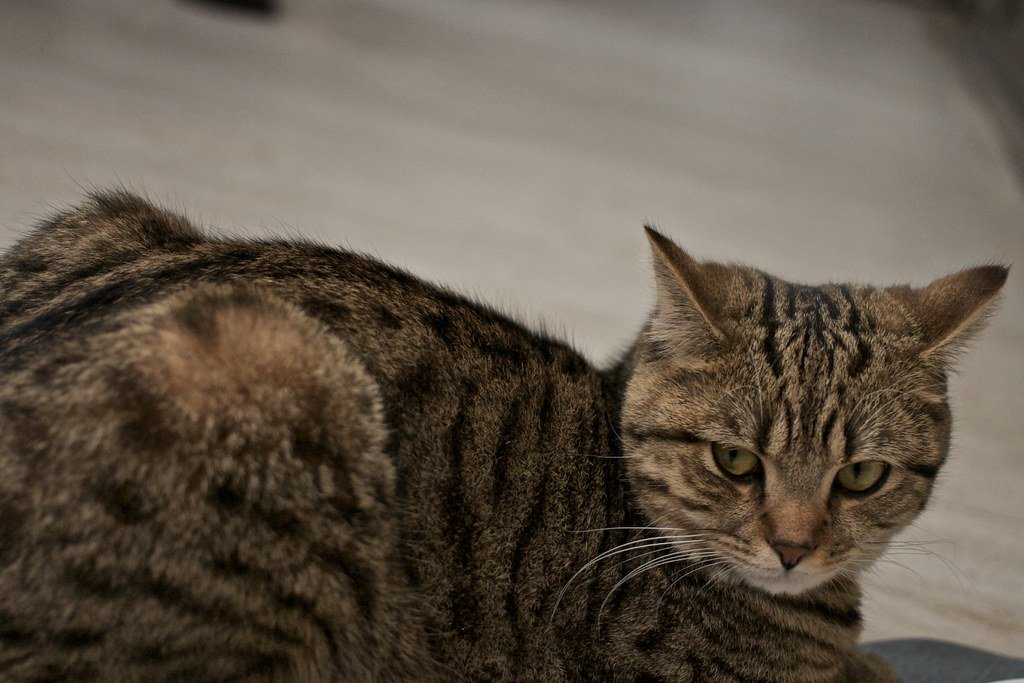
Purring isn’t just a feel-good trick; it’s likely rooted deep in feline evolution. Wild cats, big and small, often purr during moments of safety and contentment, such as when they’re grooming or resting with their pride. For domestic cats, the evolutionary payoff might be even bigger: purring signals safety to kittens and helps strengthen bonds with their mothers. Some scientists believe it also communicates to humans that a cat is friendly and non-threatening, opening the door for food, care, and companionship.
Purring in the Wild: Not Just for House Cats

It’s not just your average tabby who purrs. Many wild cats, including cheetahs and cougars, use purring in their social interactions. However, not all cats purr the same way—lions and tigers, for example, can’t sustain a true purr like smaller felines. Their vocal structures limit them to roars and other sounds. This difference highlights the diverse evolutionary paths within the cat family, each adapting their vocal talents to their unique needs and environments.
Purring and Kitten Survival: Nature’s First Lullaby

From the moment they’re born, kittens rely on purring for survival. Blind and helpless, kittens can’t see their mother, but her purring acts like a beacon, guiding them back for warmth and milk. The gentle vibration is calming, like a lullaby, and reassures the kittens that everything is safe. It’s a simple yet powerful communication tool—almost like a secret language between mother and child.
The Healing Frequency Theory: Fact or Feline Folklore?

One of the most captivating ideas about purring is its so-called “healing frequency.” Scientists have found that cat purrs typically vibrate between 25 and 150 Hertz—a range that, interestingly, matches frequencies used in physical therapy for bone healing and pain relief. Some studies suggest that exposure to these frequencies can promote tissue regeneration, reduce inflammation, and even accelerate healing. While the jury’s still out on whether your cat is a four-legged doctor, it’s certainly a compelling coincidence that demands more research.
Purring as Self-Healing: The Cat’s Secret Medicine Cabinet
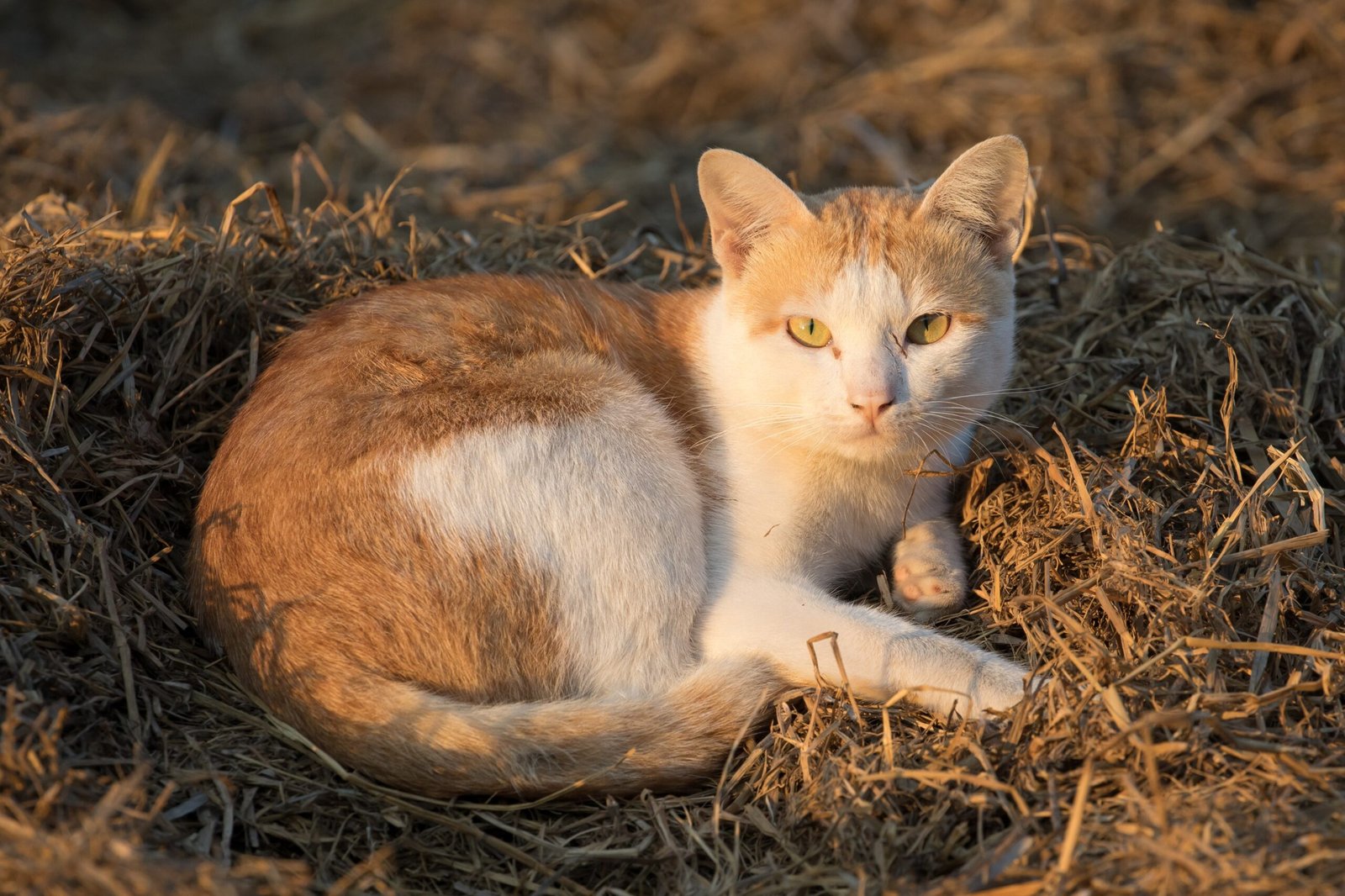
Cats are notorious for bouncing back from injuries that might sideline other animals. Some experts think purring may be one of their secret weapons. The vibrations generated during purring could stimulate bone and tissue repair, helping cats recover faster from falls, fractures, or wounds. It’s a bit like a built-in massage therapist, working from the inside out. Imagine having the power to heal yourself just by humming!
Stress Relief for Humans: The Purr Effect

Ever notice how your stress just melts away when a cat curls up and starts purring on your lap? Scientists say this isn’t just in your head. The rhythmic sound and vibration of a cat’s purr can lower blood pressure, reduce anxiety, and create an overall sense of calm. It’s almost as if cats are little living stress balls, purring away your worries. People who live with cats often report fewer feelings of loneliness or depression, and some therapists even recommend pets as part of treatment plans.
Purring for Attention: Manipulation or Communication?

Cats aren’t always as innocent as they look. Sometimes, purring serves as a clever tool to manipulate their humans. Research shows that cats can mix a subtle, high-pitched cry into their purrs—especially when they want to be fed. This “solicitation purr” is almost impossible for humans to ignore, mimicking the frequency of a baby’s cry. It’s a masterclass in getting what you want, feline style.
Not Just a Sign of Happiness: When Purring Means Pain

Contrary to popular belief, cats don’t purr only when they’re happy. Sometimes, they purr when they’re hurt, frightened, or feeling sick. Veterinarians have noticed that injured or ill cats often purr, perhaps as a way to comfort themselves or even promote healing. So, while a purring cat is usually a happy cat, it’s not a foolproof sign—always pay attention to their behavior and physical condition.
Purring in Other Animals: Is It Just a Cat Thing?
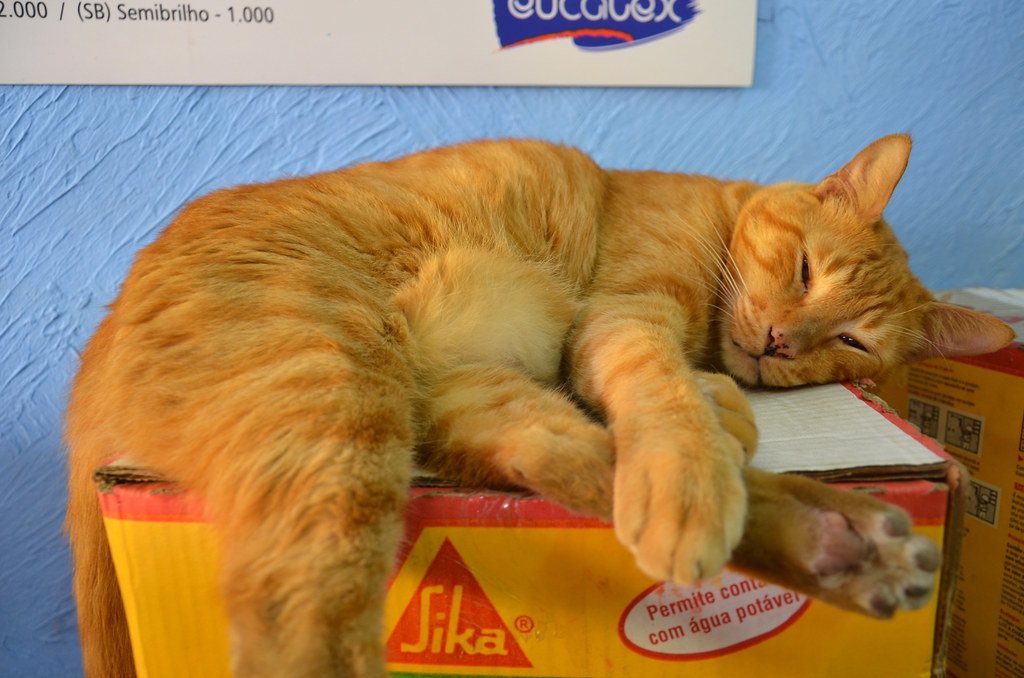
While cats are the purring champions, a handful of other animals can produce similar sounds. Some species of civets, mongooses, and even guinea pigs have been observed making purr-like noises, especially when content. However, their mechanics and purposes can differ. For cats, purring is an all-purpose tool, but in other species, it might be more limited or serve different social cues.
The Psychological Power of Purring: More Than Just Sound
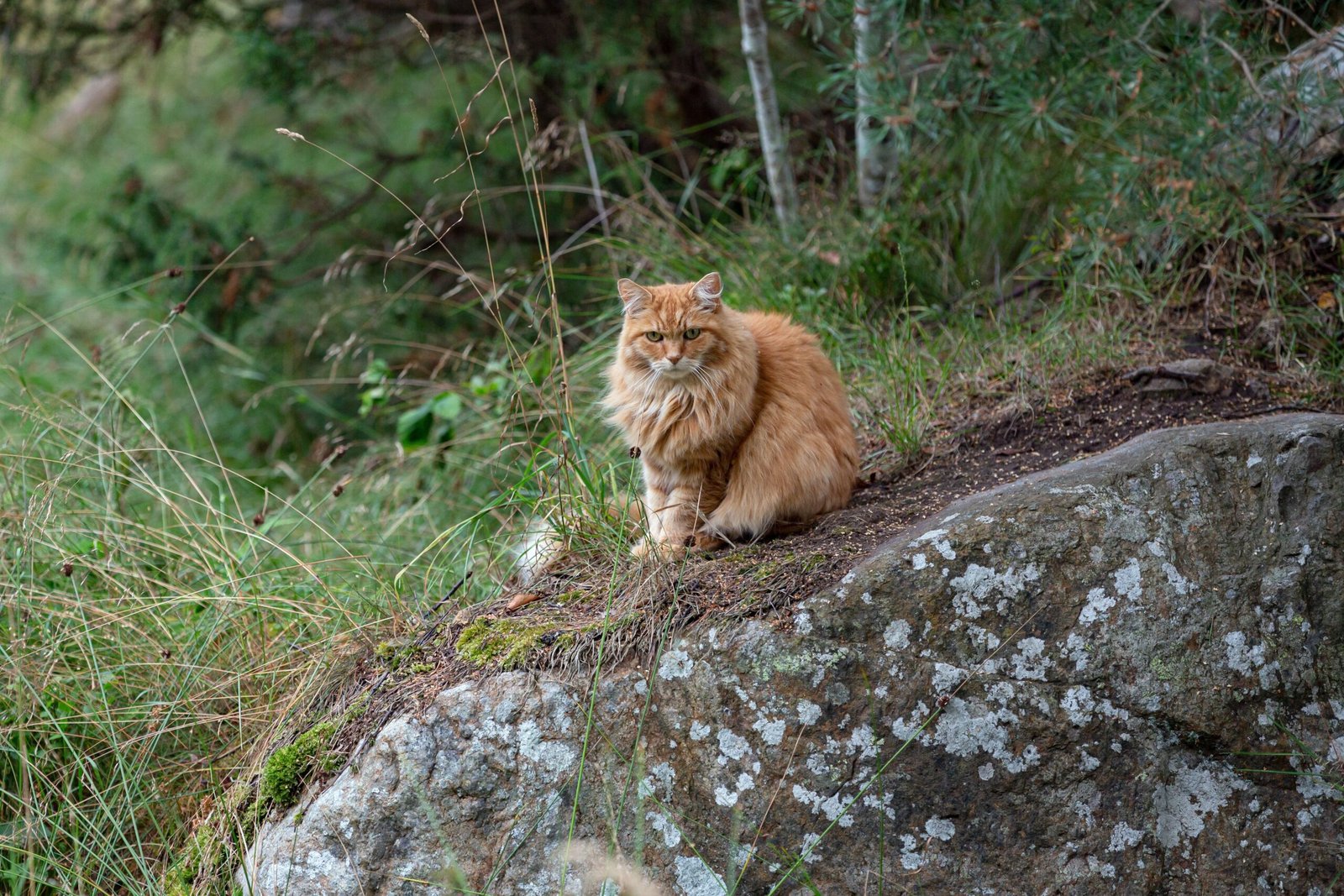
The impact of purring goes beyond biology. For many people, the presence of a purring cat brings comfort during tough times, acting almost like a living security blanket. The sound is associated with warmth, safety, and love, creating a psychological bond that’s hard to break. It’s no wonder so many cat lovers describe their pets as emotional support animals—even when nobody else understands.
Frequency and Resonance: The Physics Behind the Purr

If you’ve ever felt a cat’s purr vibrating through your body, you’ve experienced resonance in action. Purring frequencies travel not just through the air, but also through the cat’s body and into yours. The gentle, low-frequency waves have been compared to the hum of an engine idling or the buzz of a distant cello. This physical sensation might be part of why the sound feels so soothing.
Communication Within the Cat Community
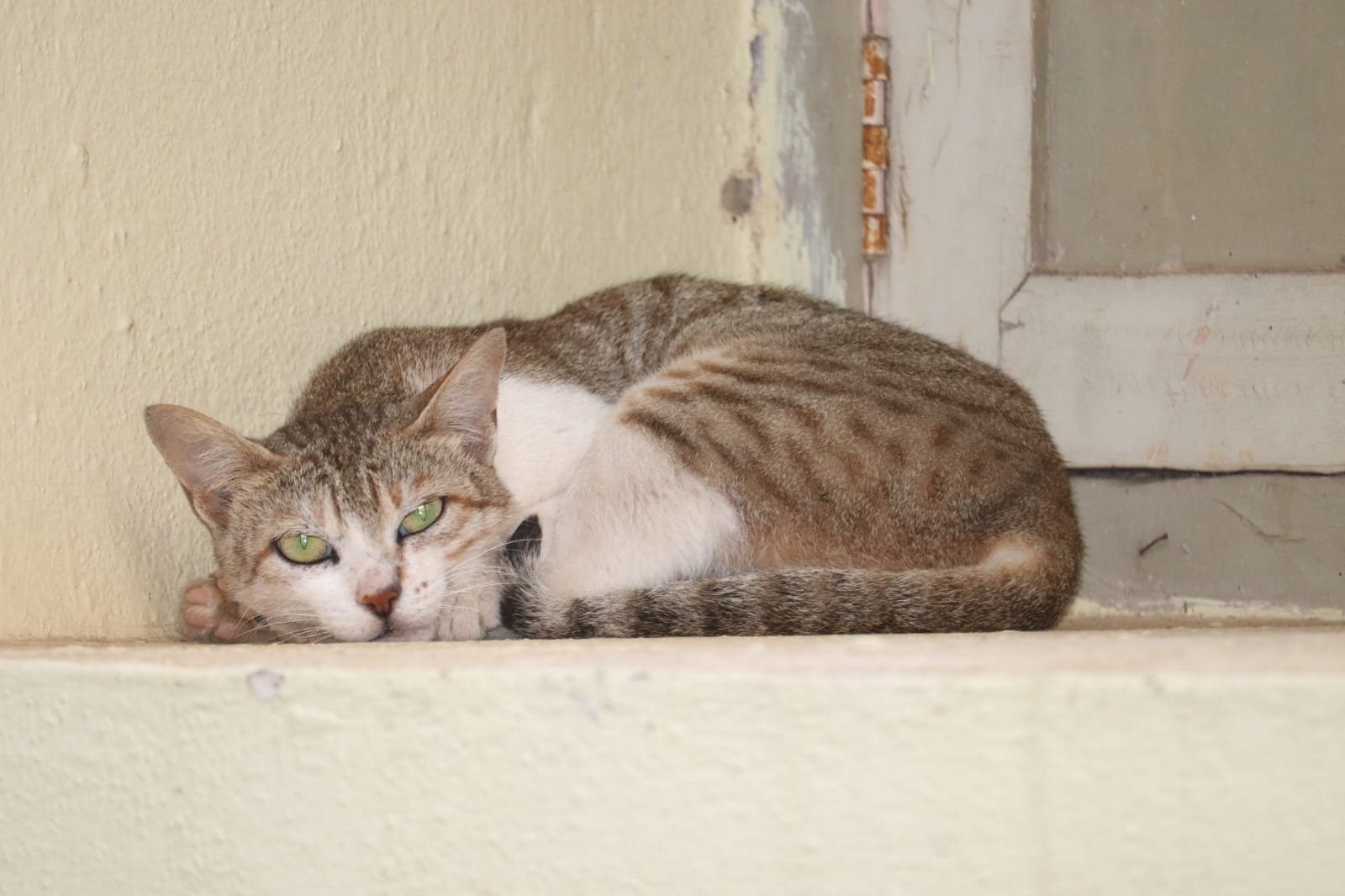
Purring isn’t just for humans. Cats use it to communicate with other cats, especially in close social groups. Friendly cats may purr when grooming each other or snuggling up, reinforcing social bonds and reducing tension. It’s a gentle way of saying, “I trust you,” or “We’re safe together.” Even feral cat colonies have been observed using purring as a peacekeeping tool.
Purring Versus Meowing: Different Tools for Different Jobs

While meowing is often reserved for communicating with humans, purring serves broader purposes. Meows are like a cat’s way of sending a text message—short, direct, and usually for attention. Purring, on the other hand, is more like a warm blanket, used to create a mood or signal deeper feelings. The two sounds work together, giving cats a rich vocabulary for every situation.
Human Reactions: Why We Find Purring So Irresistible
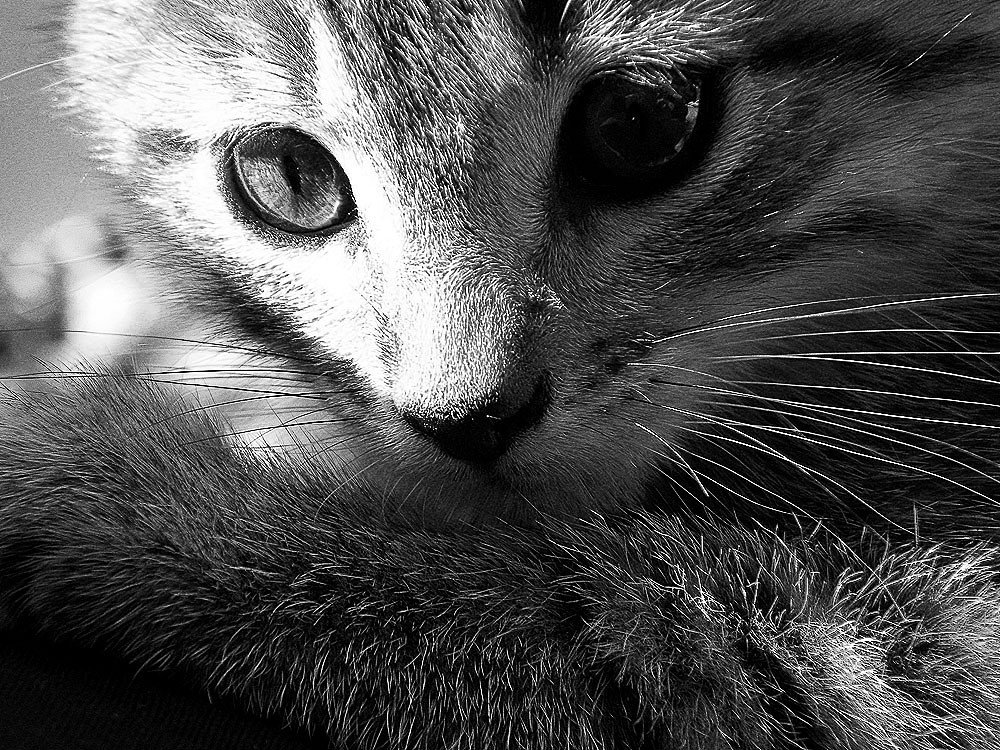
There’s something almost irresistible about the sound of a purring cat. Some scientists think we’re hardwired to respond to certain frequencies, especially those that mimic the sounds of contentment and safety. The purr may trigger our nurturing instincts, making us want to care for and protect our furry friends. It’s a win-win: the cat gets attention, and we get a dose of good feelings.
The Medical World Takes Notice: Pet Therapy and Beyond
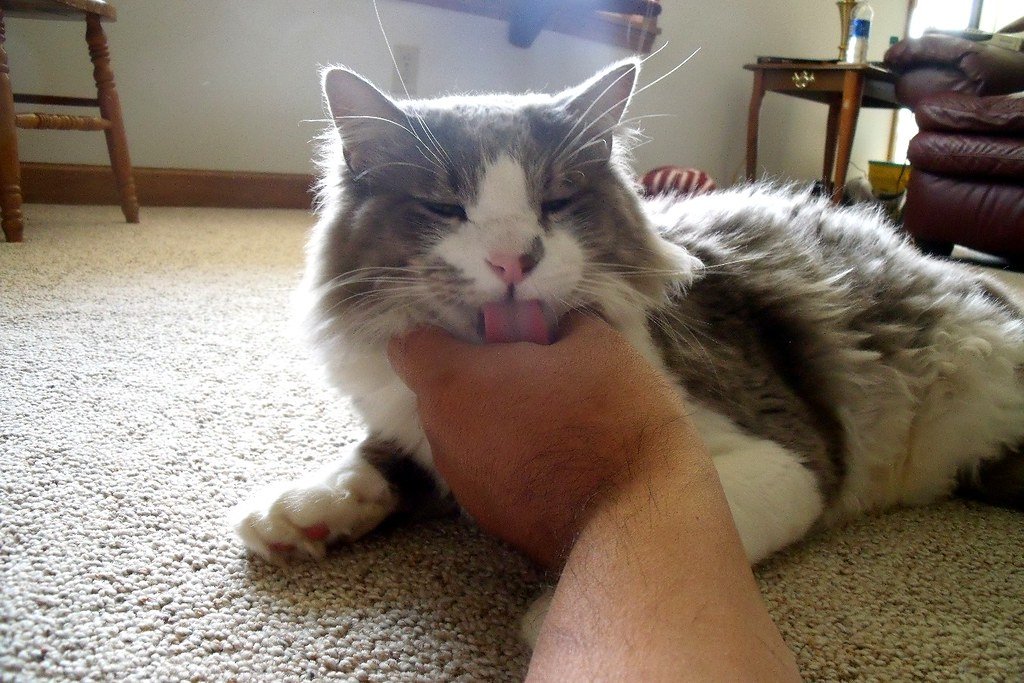
Medical professionals are increasingly recognizing the therapeutic value of cats. Hospitals and nursing homes sometimes welcome therapy cats, whose gentle purring can comfort patients and reduce stress. Some doctors even suggest that exposure to pets can speed up healing after surgery or illness. The science isn’t fully settled, but the anecdotal evidence is mounting—and the purr is often at the heart of it.
Purring in Technology: Can We Recreate the Effect?

With all the buzz about purring’s benefits, some tech companies are trying to bottle the magic. There are now apps and gadgets designed to mimic a cat’s purr, aimed at helping people relax or sleep better. While nothing beats the real thing, these devices tap into our fascination with the calming power of the purr, blending science and comfort in surprising ways.
Debunking Myths: What Purring Doesn’t Mean
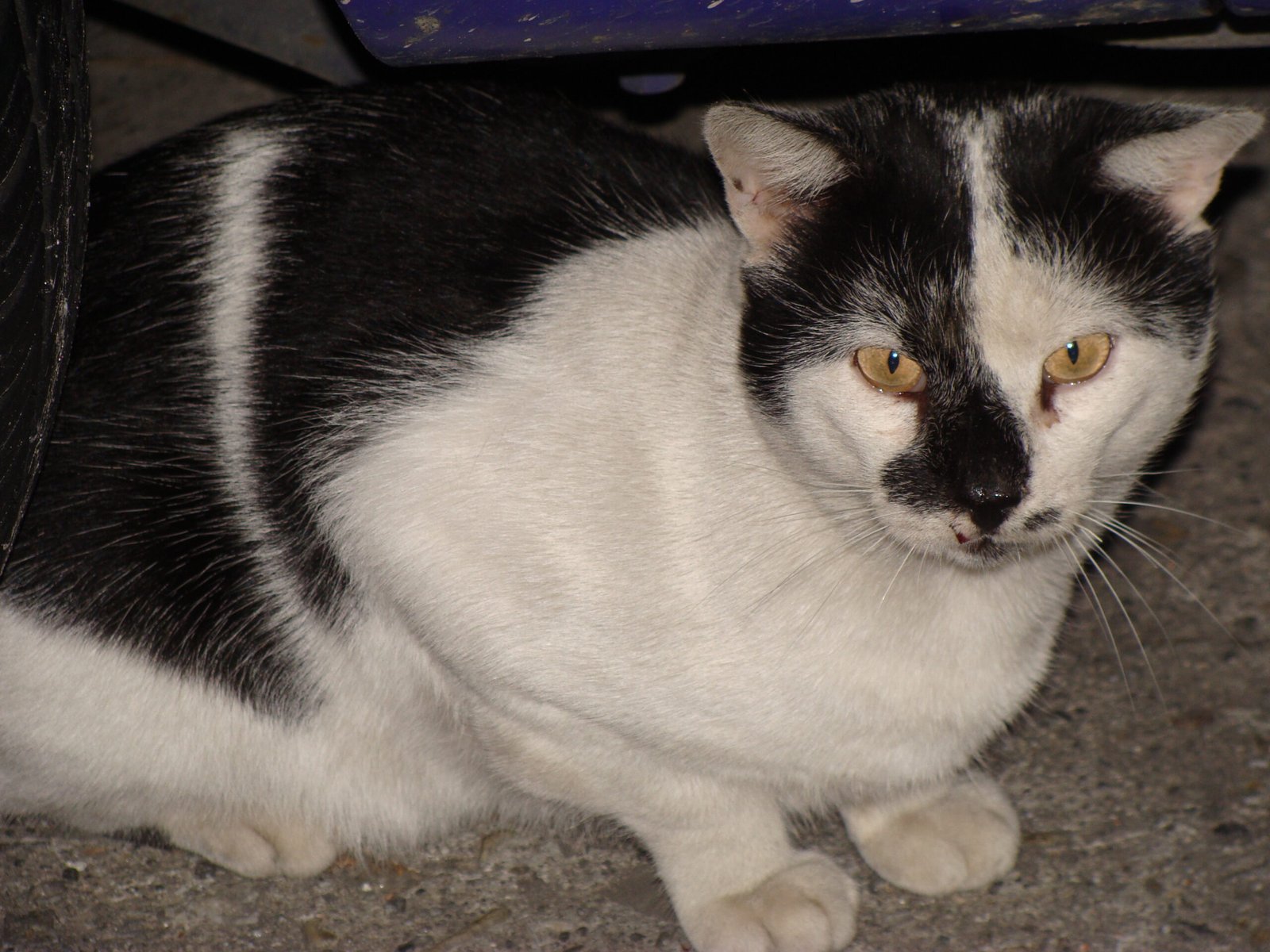
Despite all the wonder surrounding purring, it’s important to clear up a few myths. For starters, cats don’t just purr to get food—there’s a world of emotion and biology behind the sound. And while there’s evidence that purring may help with healing, it’s not a magic cure-all for every ailment. Understanding the difference between fact and folklore only deepens our appreciation for this mysterious sound.
The Future of Purr Science: What’s Next?
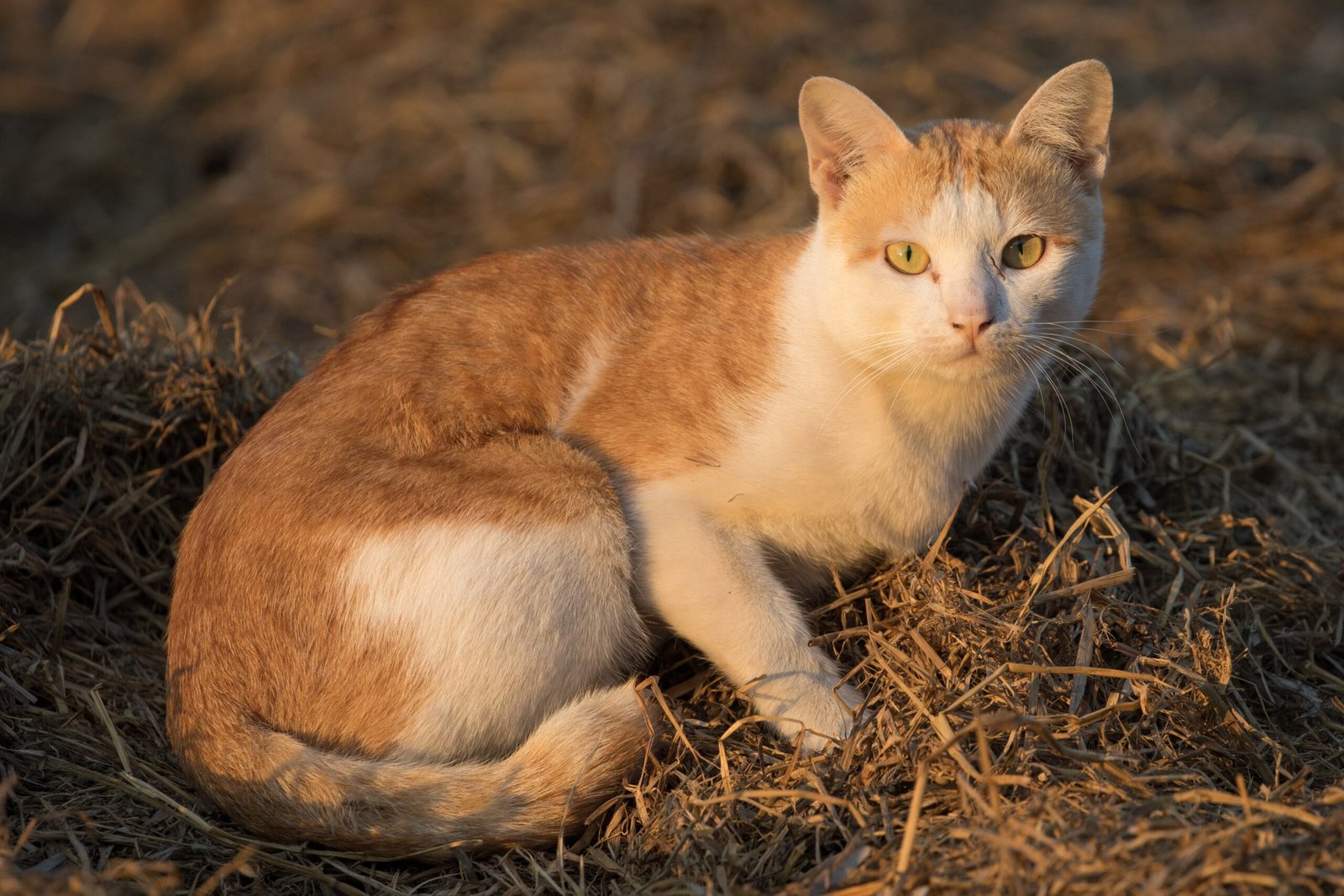
Researchers are just beginning to scratch the surface of what purring can teach us. New studies are delving into the molecular and neurological effects of purring, both in cats and humans. As technology advances, we may uncover even more surprising ways that the simple act of purring influences health, happiness, and the bonds we share.
Embracing the Mystery: Why We Love the Purr

At the end of the day, perhaps the greatest magic of purring is that it reminds us of life’s little mysteries—those everyday wonders that science hasn’t fully unraveled. Whether it’s a healing frequency or just clever manipulation, the purr remains a symbol of comfort, connection, and curiosity. The next time a cat curls up beside you and starts to purr, it’s worth pausing to appreciate the science, the emotion, and the quiet power humming just beneath the surface.

